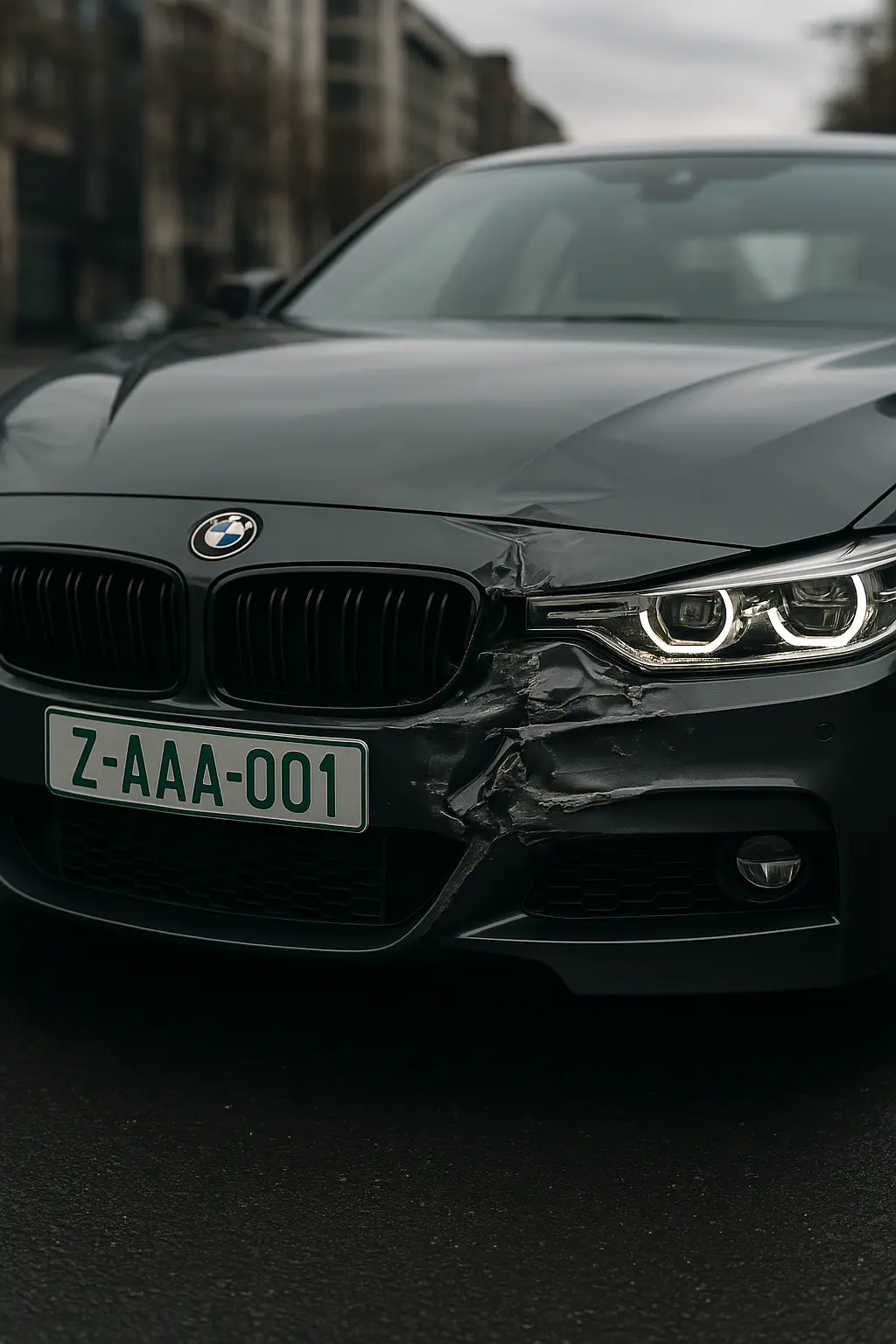When a Duplicate Plate Means No Coverage: Benelux Court Clarifies Motor Vehicle Liability Insurance for Dealer and Test Plates
What’s the issue?
What happens if a vehicle involved in an accident is fitted with a duplicate of a dealer or test plate? Is that vehicle covered under a motor vehicle liability insurance policy? And more importantly: can the insurer invoke the absence of the original plate to refuse coverage even towards third-party victims?
In June 2024, the Benelux Court answered these questions with clarity. The judgment has practical relevance for insurers offering policies that cover vehicles fitted with commercial license plates in Belgium.
A familiar real-world scenario
A passenger car is involved in a traffic accident. It is fitted with a duplicate test plate at the front and a duplicate dealer plate at the rear. The victims are compensated under article 29bis of the Belgian compulsory motor vehicle liability insurance law by the insurer of the other vehicle. That insurer then seeks recourse against the insurer of the vehicle with the duplicate plates.
The dispute centers on this question: was the vehicle even covered under the policy, now that it was not fitted with the original plate referred to in the insurance contract?
According to the Benelux Court: no, it was not, unless the policy expressly provides otherwise.
What does the judgment say?
The Court held that the original dealer or test plate is the only constant and verifiable identifier of a vehicle under these types of policies. If the vehicle is fitted with a duplicate, it can no longer be identified as insured under the policy terms.
This affects not just the extent of the coverage, but the very existence of the insurance agreement for the vehicle in question. That’s why the absence of the original plate may be raised against the injured party as a valid ground to deny coverage.
That’s a key nuance. In Belgian motor liability insurance, insurers are generally not allowed to invoke exclusions or forfeitures against third-party victims. But here, it’s not about a forfeiture within an existing policy. It’s about whether there was a valid insurance agreement at all.
What does this mean in practice?
This ruling confirms that a vehicle fitted with a duplicate plate is not automatically covered even under a broad policy covering vehicles with commercial plates. The moment the original plate is missing, the link between the vehicle and the policy is broken.
That means there is no coverage, and the insurer may decline intervention, even in relation to third-party victims. It also has implications for recourse actions between insurers under article 29bis of the Belgian compulsory motor vehicle liability insurance law.
In short: if the vehicle cannot be identified as the insured vehicle based on the original plate, the insurer has no obligation to step in and may successfully invoke that towards the victim.
Have questions about the impact of this ruling on your policy wording or claims strategy?
I assist insurers with the interpretation and enforcement of motor vehicle liability policies in complex and high-stakes cases.
Reach out with your questions or schedule a quick consultation (contact). I provide clear, strategic legal advice with deep sector expertise.
